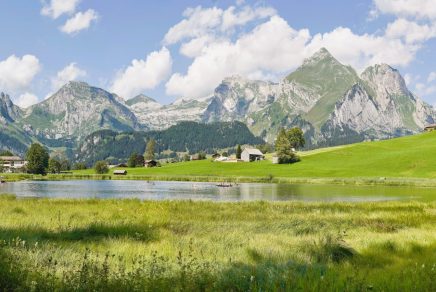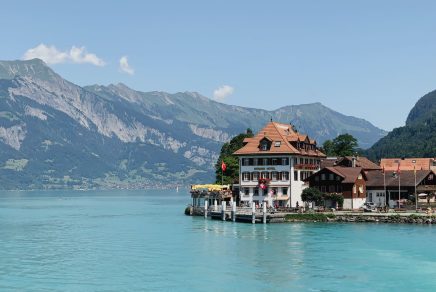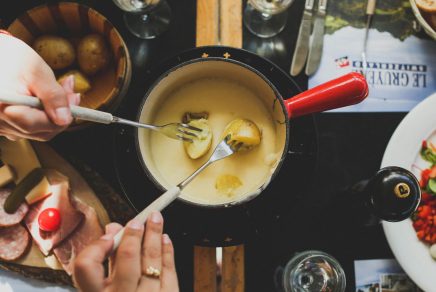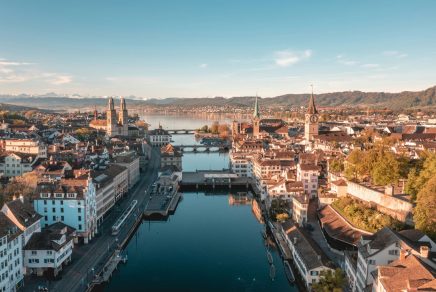Switzerland
Switzerland is a country that will take your breath away – especially with our Switzerland travel tips to guide you every step of the way with its stunning alpine scenery, charming cities and delicious cuisine. With Air Transat flights to Basel, discovering stunning Alpine scenery and cuisine has never been easier. From hiking the breathtaking trails of the Bernese Oberland to discovering the quaint villages of the Valais, Switzerland’s hidden Alpine gems offer the chance to experience the country’s natural beauty in a more intimate and authentic way. And let’s not forget the world-famous Swiss chocolate and scenic train rides that make Switzerland a truly unique and unforgettable destination.
Here’s a curated selection of films, novels and series that place Switzerland at the centre of their stories.
Think about it: nestled where Switzerland, France, and Germany meet, Basel gives you easy access to a treasure trove of amazing places just begging to be explored.
Yes, it’s the country of cheese and chocolate. But what else?
Of all European destinations, Switzerland remains one of the most expensive. Here’s how to visit Zurich on a budget in 2024!
No fewer than 40 private and public institutions allow visitors to immerse themselves in Swiss art, history and culture.




